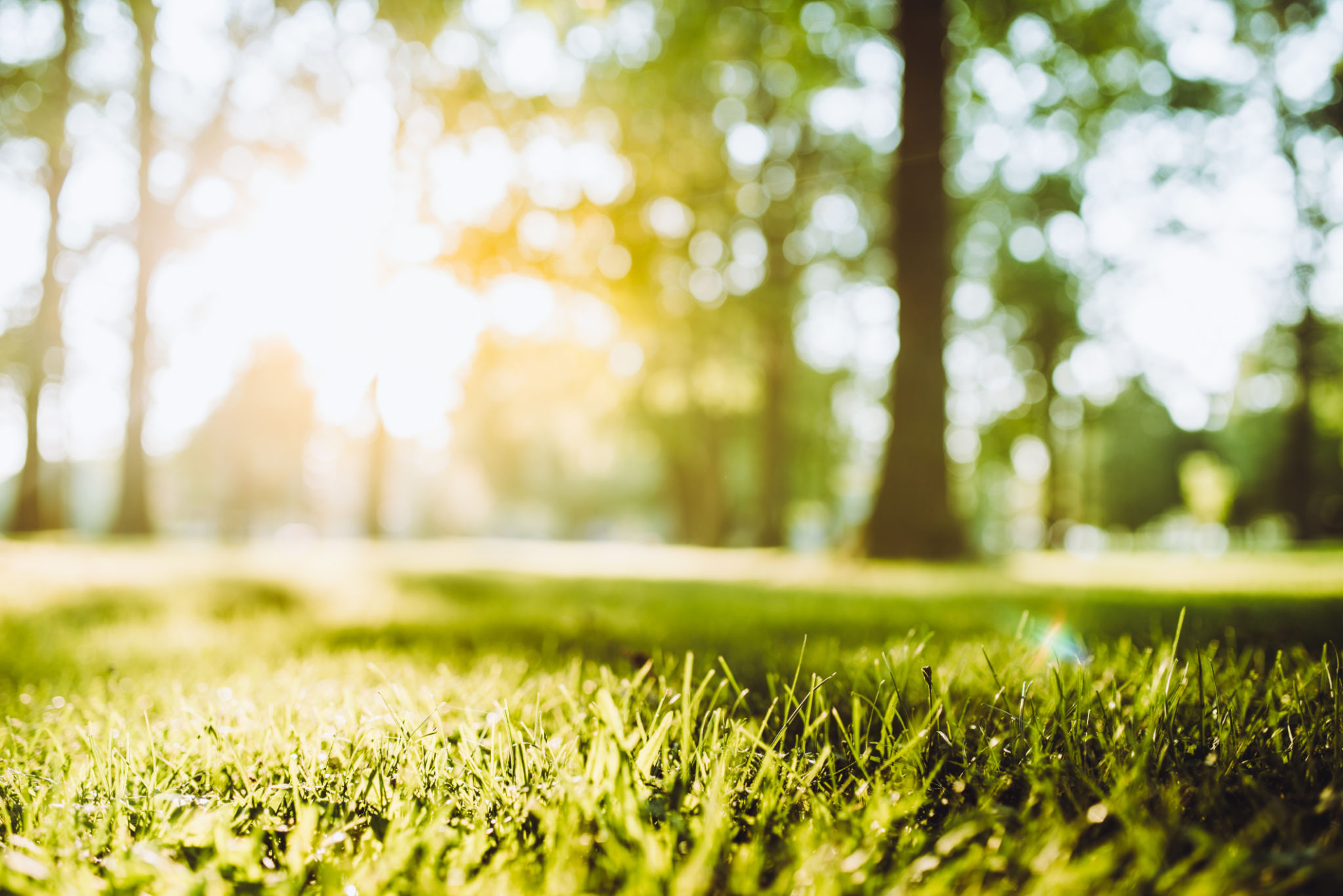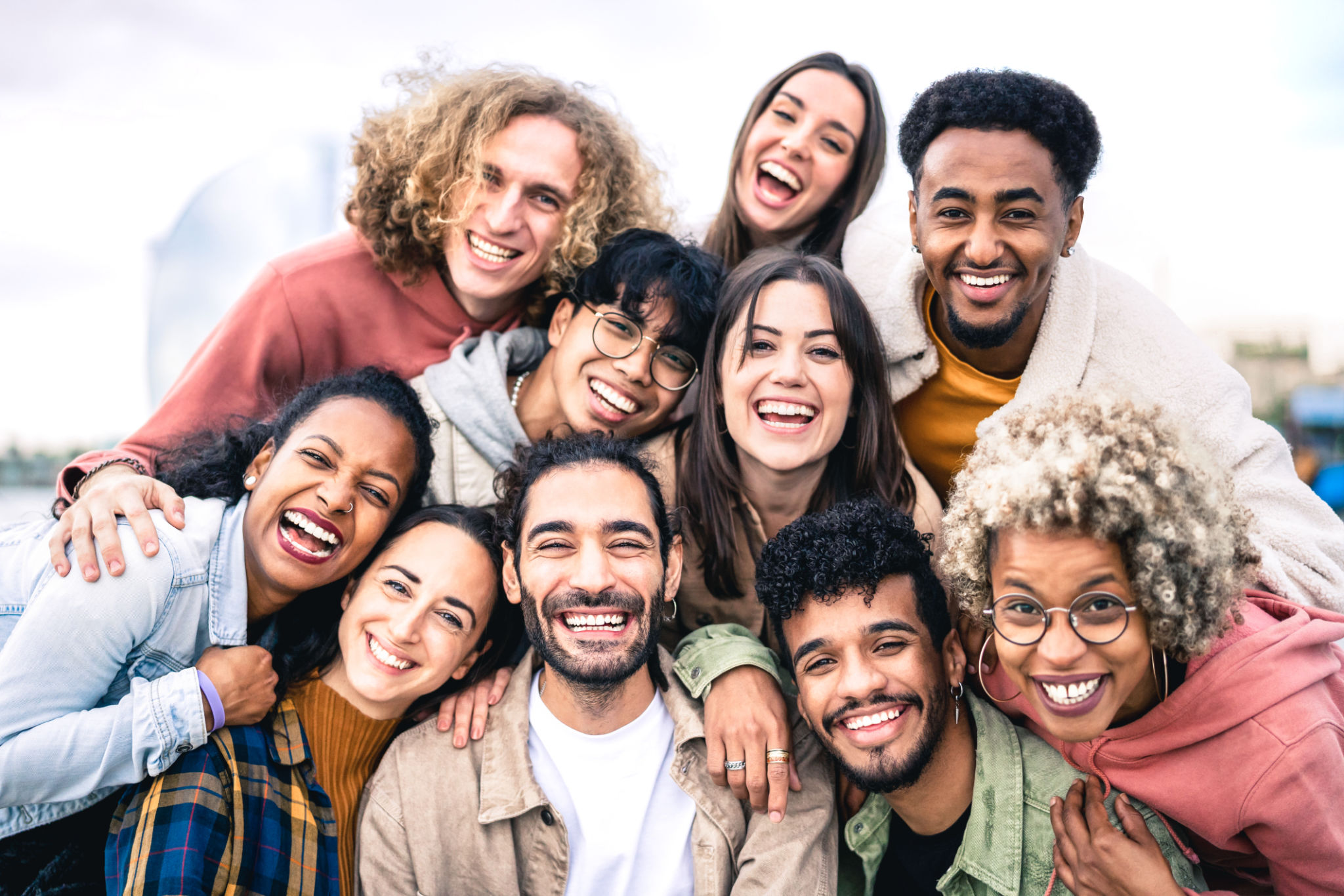DIY Photography Tips: Enhancing Your Skills at Home
Understanding the Basics of Composition
Whether you're snapping photos with a smartphone or a DSLR, mastering the basics of composition is crucial. The rule of thirds is a powerful tool for creating balanced and engaging photos. Imagine your frame divided into nine equal parts by two horizontal and two vertical lines. Place your subject along these lines or at their intersections to draw the viewer's eye naturally to the focal point of your image.

Playing with Lighting
Lighting can make or break a photograph. Experiment with different lighting setups to see how they affect your images. Natural light is often the most flattering, so try shooting during the golden hour—right after sunrise or before sunset—to capture soft, warm tones. Don't be afraid to use shadows creatively to add depth and interest to your photos.
Exploring Depth of Field
Depth of field refers to how much of your photograph is in focus. A shallow depth of field, where the background is blurred and only the subject is sharp, can help emphasize your subject and create a stunning visual impact. This effect can be achieved by using a wide aperture setting on your camera. Understanding and manipulating depth of field will add a professional touch to your photography.

Utilizing Props and Backdrops
Props and backdrops can enhance your photos by adding context or telling a story. Look around your home for interesting items that can complement your subject. Textured fabrics, colorful papers, or even simple household items can serve as effective backdrops or props. This practice encourages creativity and helps you develop a unique style.
Editing Your Photos
Post-processing is an essential part of modern photography. Basic editing can transform a good photo into a great one. Start by adjusting the exposure, contrast, and saturation to enhance the image's overall look. Explore various photo editing apps like Adobe Lightroom or free alternatives such as GIMP to experiment with different styles and techniques.

Practicing Patience and Consistency
Photography is an art that requires patience and practice. Set aside time each week to take photos and experiment with different techniques. Consistency is key to improving your skills over time. As you review your work, take notes on what you like and what can be improved. This will help you track your progress and identify areas for growth.
Engaging with the Photography Community
Joining online photography communities can provide valuable feedback and inspiration. Platforms like Instagram, Flickr, or dedicated photography forums offer opportunities to share your work, learn from others, and participate in challenges. Engaging with other photographers will broaden your horizons and motivate you to continue honing your craft.

Exploring New Perspectives
Always be open to trying new perspectives in your photography. Experiment with different angles, heights, and distances to capture unique shots that stand out. Sometimes, simply changing your viewpoint can lead to unexpected and exciting results. Remember that creativity has no limits, so embrace the freedom to explore and innovate.